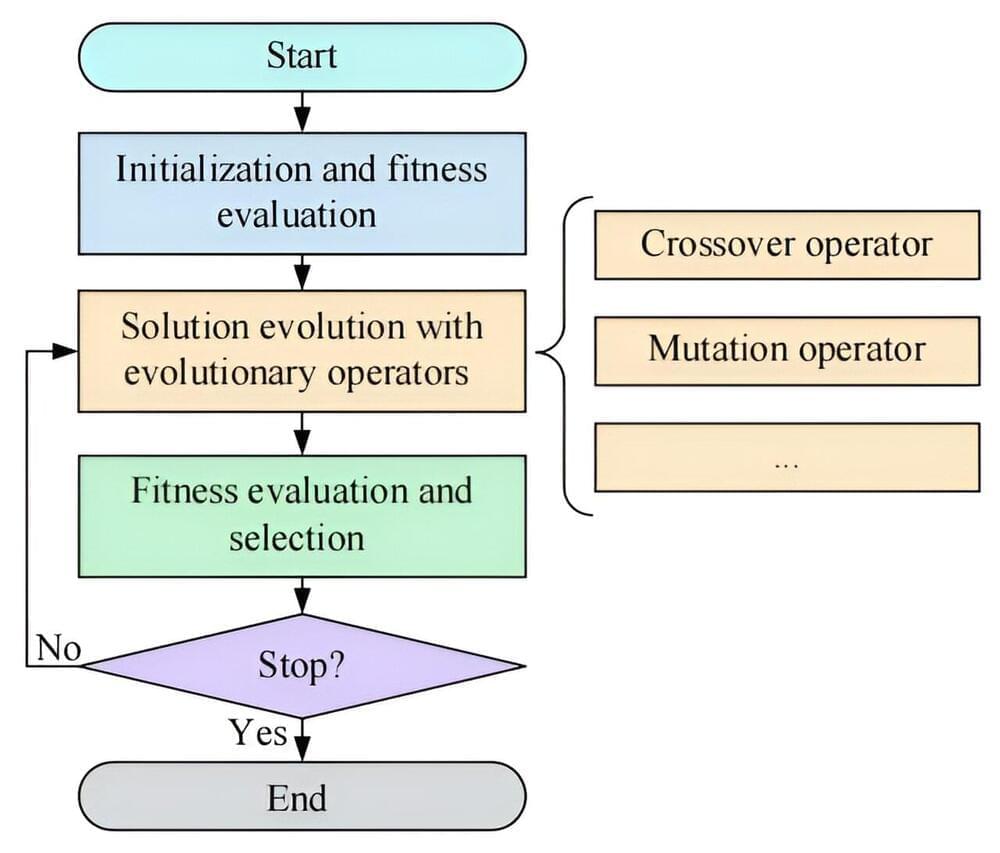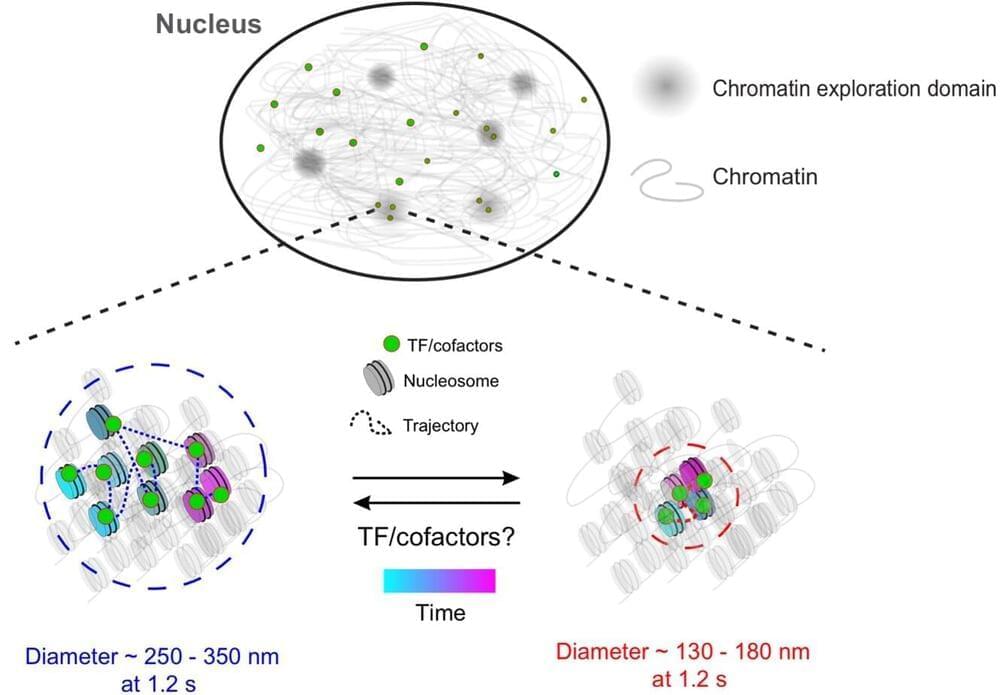Mathematics has a reputation of being all about cold, calculating logic — but that couldn’t be further from the truth, says Eugenia Cheng.



The term ‘Expensive optimization problem’ (EOP) refers to any problem that requires expensive or even unaffordable costs to evaluate candidate solutions. These problems exist in many significant real-world applications.
On the one hand, the “expensive cost” can refer that an evaluation itself that requires abundant time, money and so on. On the other hand, the “expensive cost” is a relative concept rather than an absolute concept in many real-world problems.
For instance, when encountering emergencies like epidemics or natural disasters, transportation and dispatching can be urgent for supporting daily operations and saving lives, where the time cost of optimization will become too expensive to accept at this time.

We’ve watched the remarkable evolution of robotics over the past decade with models that can walk, talk and make gestures like humans, undertake tasks from moving heavy machinery to delicately manipulating tiny objects, and maintain balance on two or four legs over rough and hostile terrain.
As impressive as the latest robots are, their accomplishments are largely the result of task-specific programming or remote instruction from humans.
Researchers at ETH Zurich have developed a program that helps robots tackle activities that do not rely on “prerecorded expert demonstrations,” as the developers put it, or “densely engineered rewards.”

I’d heard that fear of the dark is a protein, Scotophobin A, which can be isolated from the brains of rats. My Chemistry teacher told us that 1-hexanol smelled like cut grass. I watched her draw it once, on the whiteboard. A colorless liquid that, I imagined, smelled like memory, summer term, sports day, an army of ants cresting the summit of a picnic blanket, damp loam after rain.
I’d hoped that studying neuroscience would teach me all about things like that. I imagined watching sunlight refract through a conical flask, some clear liquid roiling inside. “Fear of abandonment is a sequence of seventeen peptides,” our lecturer might say, “isolated from the muscles of the heartbroken.”
“Look here,” he would say, pointing to another vial. “We can synthesize these things in a lab now. This one is awe.”

A new study led by University of Maryland physicists sheds light on the cellular processes that regulate genes. Published in the journal Science Advances, the paper explains how the dynamics of a polymer called chromatin—the structure into which DNA is packaged—regulate gene expression.
Through the use of machine learning and statistical algorithms, a research team led by Physics Professor Arpita Upadhyaya and National Institutes of Health Senior Investigator Gordon Hager discovered that chromatin can switch between a lower and higher mobility state within seconds. The team found that the extent to which chromatin moves inside cells is an overlooked but important process, with the lower mobility state being linked to gene expression.
Notably, transcription factors (TFs)—proteins that bind specific DNA sequences within the chromatin polymer and turn genes on or off—exhibit the same mobility as that of the piece of chromatin they are bound to. In their study, the researchers analyzed a group of TFs called nuclear receptors, which are targeted by drugs that treat a variety of diseases and conditions.

We’ve explored bioelectricity in cells. We’ve looked at bioelectricity within the human body. Now, functional use of “electrical engineering” is being found in the realms between.
Physicists learn about electrostatics, the laws governing stationary charges. Then they learn about electrodynamics, the laws governing moving charges. Biologists are finding that life utilizes both systems of laws at all scales, from within the cell to tissues, organs, and entire organisms. Here are some recent discoveries in the emerging science of bioelectricity.
How does that tick jump from its twig onto your clothing as you walk through brush? The answer, says Current Biology, is by hopping on an electrostatic bullet train. A cow or other host animal walking through the bushes carries a net static charge. The tick, regardless of its own charge polarity, is “pulled by these electric fields across air gaps of several body lengths.”

Researchers have determined a new feature of how the natural ends of our chromosomes are protected from harmful outcomes.
In a new study, University of Michigan researchers looked at how the DNA damage recognition process seems to know the difference between harmful DNA breaks that need repair versus the natural ends of chromosomes, called telomeres, that need to be left alone.
“If possible, you repair it, and if you can’t repair it, then the cell dies. You don’t want to keep dividing with broken DNA. That’s what happens in a normal cell, and that’s a good thing,” said Jayakrishnan Nandakumar, a professor of molecular, cellular and developmental biology.

Get ready for a lot of math…!
We have sort of an intuitive understanding of a big need in artificial intelligence and machine learning, which has to do with making sure that systems converge well, and that data is oriented the right way. Also, that we understand what these tools are doing, that we can look under the hood.
A lot of us have already heard of the term “curse of dimensionality,” but Tomaso Armando Poggio invokes this frightening trope with a good bit of mathematics attached… (Poggio is the Eugene McDermott professor in the Department of Brain and Cognitive Sciences, a researcher at the McGovern Institute for Brain Research, and a member of the MIT Computer Science and Artificial Intelligence Laboratory (CSAIL)

When two black holes merge to form a single one, it can zoom off at an extraordinary pace – but scientists have found that it does have a speed limit.
By Leah Crane